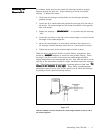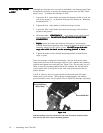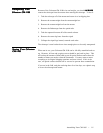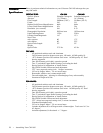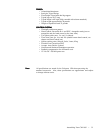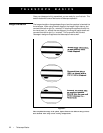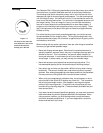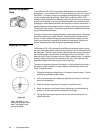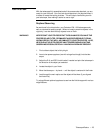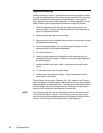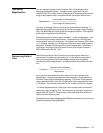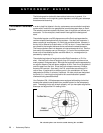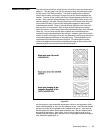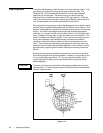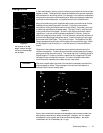
Telescope Basics • 25
With the telescope fully assembled and all the accessories attached, you are
ready for your first look. Your first look should be done in the daytime when it
is easier to locate the locking clutches. This will help to familiarize you with
your telescope, thus making it easier to use at night.
Daytime Observing
As mentioned in the introduction, your Celestron CM-1100 telescope works
well as a terrestrial spotting scope. When not used to examine objects in the
night sky, it can be used to study objects here on Earth.
WARNING ! NEVER POINT YOUR TELESCOPE AT THE SUN UNLESS YOU HAVE THE
PROPER SOLAR FILTER. PERMANENT AND IRREVERSIBLE EYE DAM-
AGE MAY RESULT AS WELL AS DAMAGE TO YOUR TELESCOPE. ALSO,
NEVER LEAVE YOUR TELESCOPE UNATTENDED DURING A DAYTIME
OBSERVING SESSION, ESPECIALLY WHEN CHILDREN ARE PRESENT.
1. Find a distant object that is fairly bright.
2. Insert a low power eyepiece (one with a large focal length) into the tele-
scope.
3. Adjust the R.A. and DEC clutch knobs if needed and point the telescope in
the direction of the object you selected.
4. Locate the object in your finder.
5. Move the telescope — by hand — until the object is centered in the finder.
6. Look through the main optics and the object will be there (if you aligned
the finder first).
Try using different optional eyepieces to see how the field changes with various
magnifications.
Your First Look



